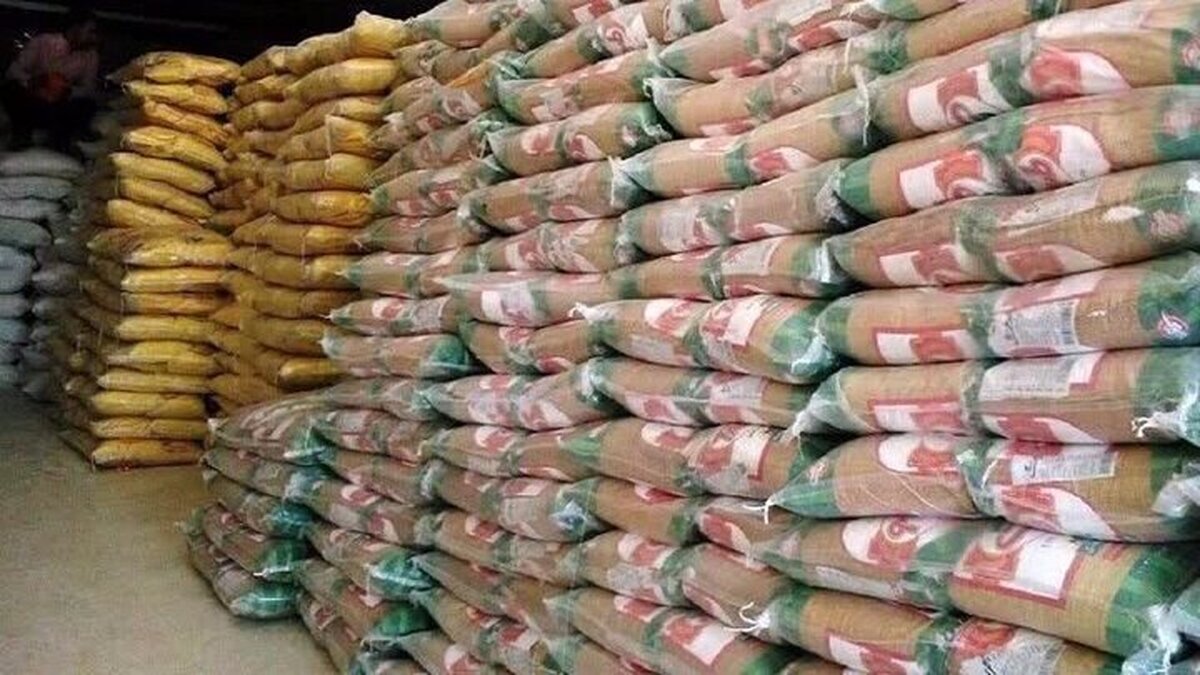
Rice Imports Exceed 700K Tons in 9 Months
EghtesadOnline: A total of 709,000 tons of rice were imported during the first nine months of the current fiscal year (March 21-Dec. 21), which shows order placements and imports are being carried out slower than usual, according to the secretary of Rice Importers Union.
“This year, some 500,000 tons of the imports came before the seasonal annual ban was implemented and the remaining 209,000 tons came after it was lifted on Nov. 8,” Masih Keshavarz also told IRNA on Monday.
Every year and during the rice harvest season, the government bans rice imports in support of local farmers and domestic production. The ban usually begins in August and lasts until November.
According to the official, Iran’s annual domestic demand stands at 3-3.2 million tons and every month the government needs to supply between 100,000 and 150,000 tons of the grain to the local market.
“The larger part of this demand is produced locally. Yet, we need to import at least 1.4 million tons every year. The need increases during the second half of the year and especially when we approach the Iranian New Year,” he said.
Last year, added the official, a total of 875,000 tons of rice were imported, registering a 47% decline compared with the previous year.
“The reason for this decline was that the subsidized foreign currency regime at 42,000 rials per dollar previously dedicated to rice imports has been abolished and purchases were made using the currency available in the secondary foreign exchange market, known locally as Nima.
(Nima rates are priced slightly below the market rate.)
The Covid-19 pandemic and sanctions have also affected imports.
Nima is an online platform affiliated to the Central Bank of Iran where exporters sell their overseas currency income and companies buy it for importing goods, machinery, equipment and raw materials.
“The private sector imported 583,000 tons of the total sum, which was half the amount of the year before,” he said.
Keshavarz noted that although global rice prices, particularly in Pakistan and India, are relatively stable, prices in Iran’s market have been on the rise for a while. He blames public bodies who do not cooperate in coordinating import procedures, especially the Islamic Republic of Iran Customs Administration and the Institute of Standards and Industrial Research of Iran.
Agriculture Ministry’s director general for domestic trade of Agro Products Bureau, Ebrahim Zare’, estimated in November 2021 that 2-2.2 million tons of rice have been produced on paddy fields across the country this year, adding that around 1 million tons of imports will suffice to meet the local need.
Based on figures released by the Agriculture Ministry, officials predict that rice production will see a 13% decline this year.
Faramak Aziz-Karimi, the Agriculture Ministry’s director general of Grains and Essential Goods Affairs Department, says over 73% of Iran’s rice cultivation took place in the northern provinces of Gilan (32%), Mazandaran (26%) and Golestan (15%), and 18% in the southern province of Khuzestan this year, adding that the staple grain was cultivated in 15 other provinces as well, which accounted for 8% of the annual harvest.
According to the official, currently more than 654,000 hectares of paddy fields are scattered across the country, 440,000 hectares of which are located in the three northern provinces.
The lion’s share of Iran’s rice imports comes from India and neighboring Pakistan. The UAE, Thailand, Turkey and Iraq are other traditional sources of rice imports.



